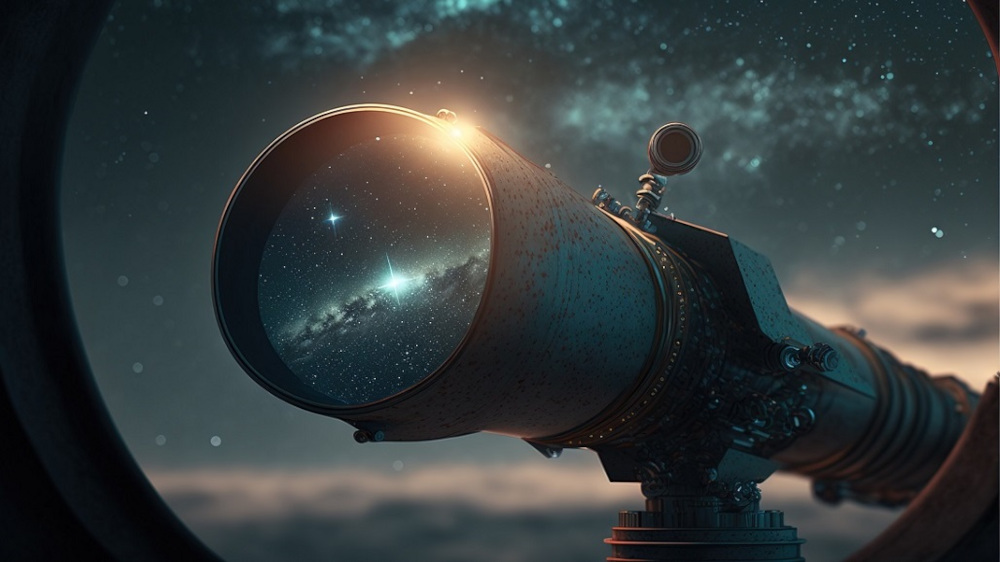
Space issues as part of security of supply
Finland's space activities and the related national infrastructure have also emerged from the perspective of security of supply. The National Emergency Supply Agency has therefore paid more attention to, for example, space storms and their potential security of supply risks.
A space storm, the source of which is a solar eruption, is such an event that may cause even serious destruction worldwide. It is true that the strongest space storm in modern history took place in 1859 and is known as Storm Carrington. The estimated recurrence frequency of strong space storms is approximately 100 years.
Space storms are estimated to damage satellites, affect telecommunications signals, including location and time signals from positioning satellites. In addition, space storms may have negative impacts on electricity transmission networks. These functions and infrastructures are important for security of supply, and the National Emergency Supply Agency plays an important role in ensuring their functioning and preparing for potential risks. In the latest national risk assessment (2023), space storms have been listed and are expected to have a significant impact on the economy, infrastructure and security of supply.
The basic idea of security of supply is traditionally that Finland can cope with serious disturbances and emergencies. In addition, the idea has been that in order to guarantee security of supply, it is also necessary to take into account less likely events that have greater potential impacts.
Sufficient preparations must be made for the risks of space storms
The National Emergency Supply Agency (NESA) has started to stress the risk-based approach in its activities. According to this, NESA has paid more attention to space storms and their potential security of supply risks. The aim is to ensure that the risks of space storms are known especially in companies critical to the security of supply and that sufficient preparations are made for them. In order to implement and resource the objective, NESA set up a Space and Climate Affairs Team (IMA), led by the author of this article. So far, there are no more people in the team, but we can make progress even with one person.
The task of the team is to manage space risks more extensively than just in the case of space storms. Space risks also include the increasing risk of collision between satellites and between satellites and space debris in space, possible collisions of space debris or celestial bodies approaching Earth from time to time, unintentional deviations in the service level produced by satellite systems and, last but not least, state hostile activities in space. With regard to all these factors, we aim to assess the impact and the level of risk from the perspective of security of supply. If negative impacts on security of supply emerge, efforts will be made to do something about them in order to maintain security of supply.
Quite soon after the establishment of the IMA team, it became clear that space work in security of supply is more than just space risk management. The work also included a positive perspective, i.e. the opportunities offered by space-based services and space infrastructures for the benefit of society and security of supply. In addition, it is necessary to put space risk management on the agenda of the security of supply organisation, i.e. the pools and sectors of security of supply.
Continuity of space-based services is important
Space-based services have become an important part of our everyday activities, including activities that are significant for security of supply. In winter 2023-2024, the National Emergency Supply Agency carried out a study on the use of space-based services for actors critical to security of supply. The report is based on a survey sent to a significant number of companies critical to security of supply in different sectors.
Based on the results of the survey, the information and services produced by space activities are also widely used as part of and enabler of infrastructures, services and functions important for security of supply. The operators estimate that the use will continue to expand and increase. Space-based services produce significant added value and efficiency in the implementation of activities, which means that dependence on their continuity and non-interference is significant and growing.
In some respects, space-based services are critical and may cause the service or function necessary for security of supply to be disrupted. In general, however, disruptions to space-based services would not completely paralyse society's critical functions, but rather cause a decrease in the volume or efficiency of the activities. Operators still have emergency methods at their disposal that can partly compensate for shortcomings in space-based information and services.
Positioning, navigation and time-setting services provided by GNSS satellites (PNT services) have the greatest volume and significance in terms of security of supply. PNT services are important in terms of positioning, especially in terms of the performance and volume of logistics and rescue services.
Weather, marine and environmental services produced with the help of satellite remote sensing are utilised as part of everyday life from the level of an individual to large organisations and activities. Weather services, information and warnings play an important role especially in the implementation of logistics and transport in all modes of transport, forestry, wood procurement and agriculture.
Alternative data connections and communications systems based on satellite communication may be important backup systems for actors and functions critical to security of supply in serious disruptions where traditional communications infrastructures are disrupted. Satellite-based verification is not yet widespread, but operators have identified this as a significant development potential for the future.
Assessment of the impact of security of supply on Finland's space activities
Finland's space activities and the related national infrastructure have also emerged from the perspective of security of supply. Finland has a small but significant space industry that has significant capabilities and is also growing. The question is whether the space industry is so significant in terms of security of supply that it should be regarded as infrastructure critical to security of supply or as critical services. The National Emergency Supply Agency is assessing this issue and is already cooperating well with operators in the sector.
The space sector is also included in the EU CER Directive ((EU) 2022/2557), which aims to ensure the continuity of functions, services and infrastructures essential for society at European level. The objectives of this Directive are very similar to those of Finland's national security of supply. The national implementation of the CER Directive is currently under preparation.
In summary, there are surprisingly strong links between security of supply, space risks and national space activities. The National Emergency Supply Agency has incorporated the space entity into its activities.





